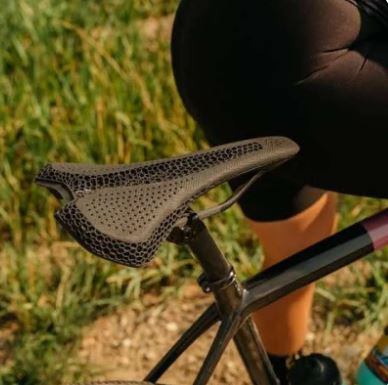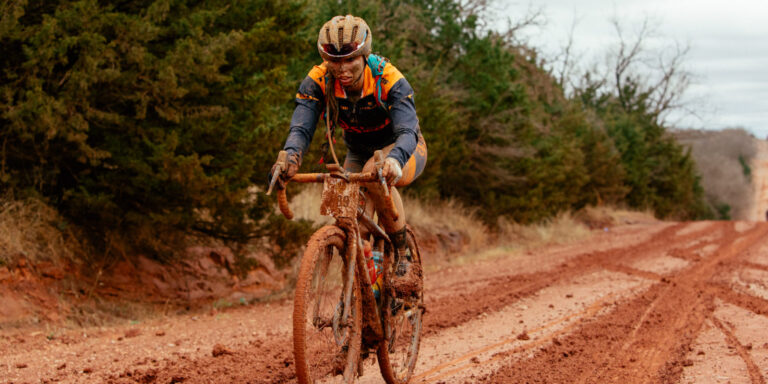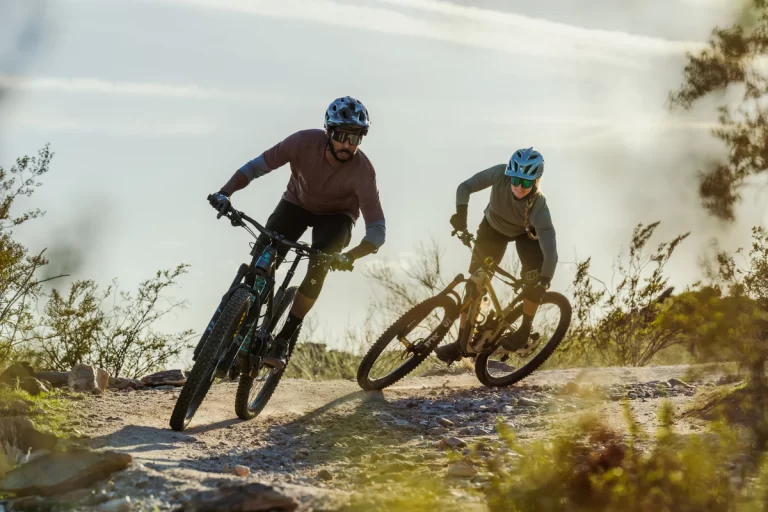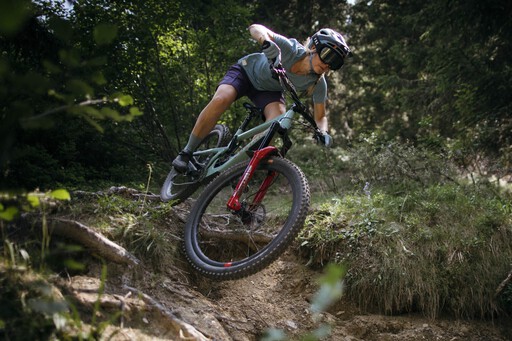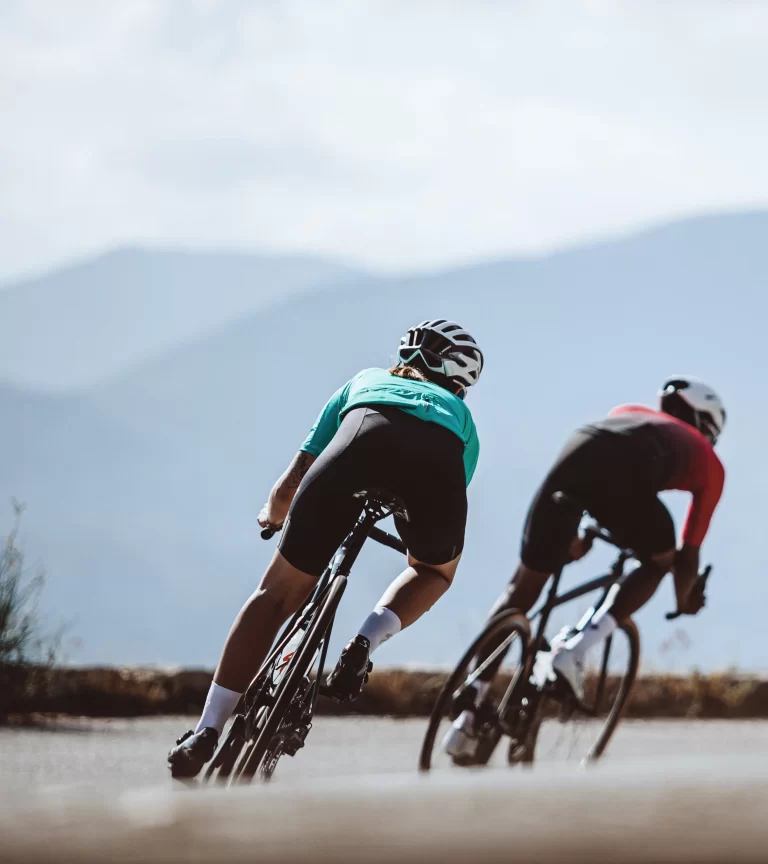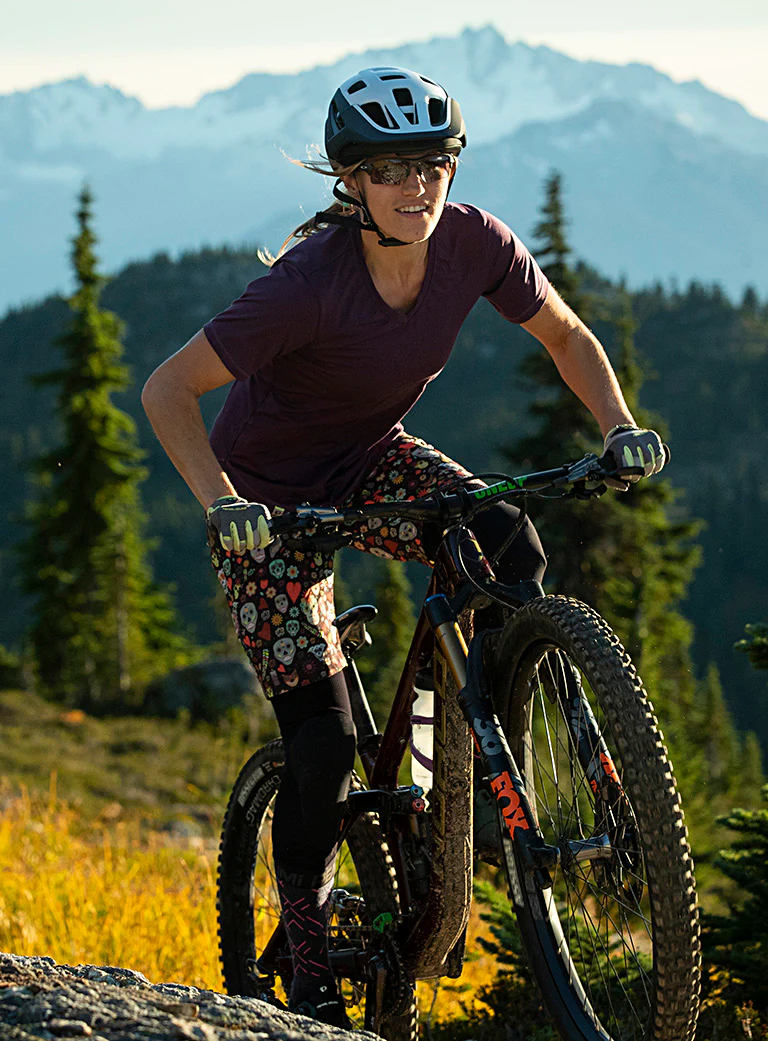Enhancing Comfort on the Trails: Cutout Features in Mountain Bike Saddles
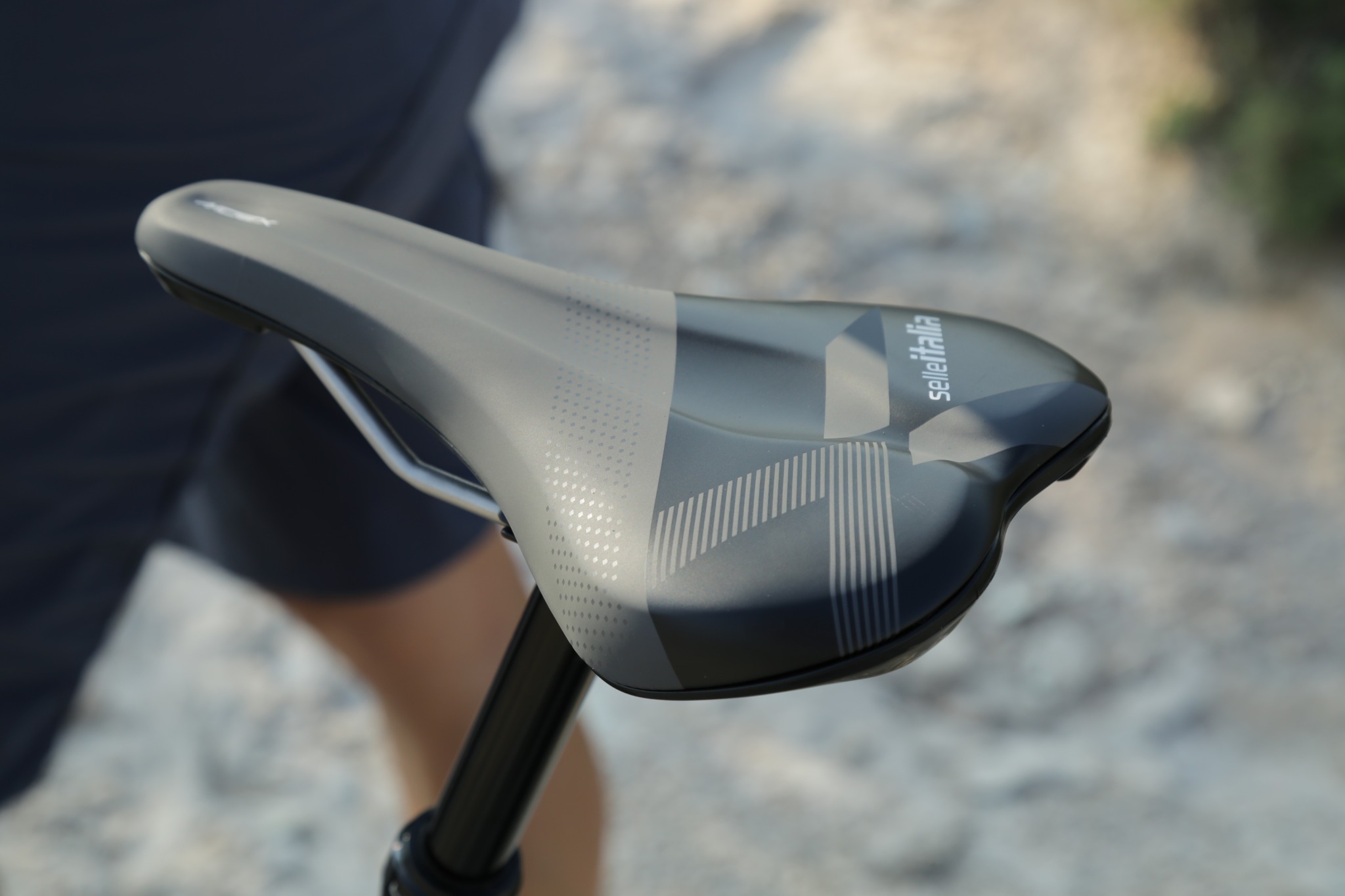
Key Point Summary of Cutout Features in Mountain Bike Saddles:
- Pressure Relief: Cutout designs in saddles provide crucial relief to sensitive areas, reducing the risk of discomfort and numbness.
- Enhanced Comfort: By alleviating pressure, cutouts can enhance overall comfort, making longer rides more enjoyable.
- Improved Circulation: Cutouts help maintain proper blood flow, which is vital for rider health and endurance.
- Personalization and Fit: Saddles with cutouts come in various shapes and sizes, allowing for a better match to individual anatomy.
Embarking on the rugged trails of mountain biking, navigating the unpredictable terrains of gravel riding, and powering through the demanding courses of cyclocross, I’ve learned that the choice of gear can significantly impact one’s comfort and performance. Among the various pieces of equipment, the mountain bike saddle is perhaps one of the most personal and crucial choices a rider makes.
In recent years, the evolution of saddle design, particularly the integration of cutout features, has brought about a significant shift in how we address comfort and pressure relief. This article aims to explore the cutout design in mountain bike saddles, offering insights into its benefits for riders at the beginner to mid-level experience.
The Significance of Cutout Design
The introduction of cutout features in mountain bike saddles represents a pivotal advancement in cycling ergonomics. Initially, saddles were primarily focused on providing support to the sit bones (ischial tuberosities), often at the expense of comfort in more sensitive areas. The cutout design has emerged as a solution to this issue, targeting the reduction of pressure on the perineal region—a common source of discomfort for many riders.
How Cutouts Enhance Riding Comfort
The central premise behind the cutout design is simple yet effective: by removing a portion of the saddle’s material, the design minimizes direct pressure on soft tissues. This not only reduces the risk of pain and numbness but also contributes to a more pleasant riding experience, especially during long or intense rides. The effectiveness of a cutout, however, is contingent upon its size, shape, and positioning, underscoring the importance of selecting a saddle that aligns with one’s unique anatomy and riding style.
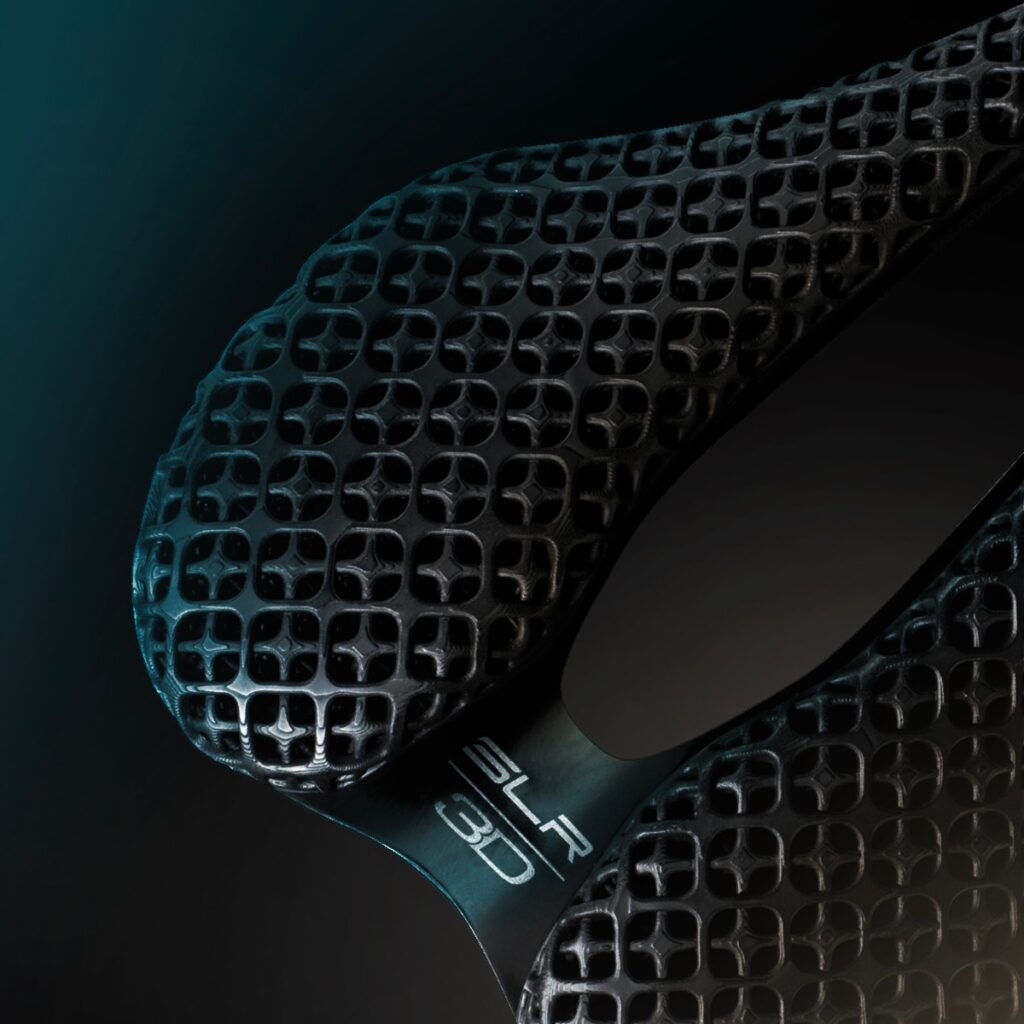
Pressure Relief and Health Benefits
One of the most immediate benefits of opting for a saddle with a cutout is the alleviation of pressure on sensitive areas. This pressure relief is crucial not only for comfort but also for maintaining healthy blood flow. Prolonged pressure can lead to numbness and, in some cases, more serious health issues. The cutout design addresses this concern head-on, offering a preventive measure that can contribute to a rider’s overall well-being.
Personalization and Finding the Right Fit
The diversity in cutout saddle designs allows riders to find a configuration that best suits their anatomy and preferences. Factors such as the width of the cutout, its depth, and the overall shape of the saddle play significant roles in its effectiveness. It’s worth noting that what works for one rider may not work for another, highlighting the importance of personalization in saddle selection. Many brands offer saddle fitting services, which can be an invaluable resource in finding the optimal saddle configuration.
Considerations and Adjustments
While cutout saddles offer numerous benefits, they are not a one-size-fits-all solution. Some riders may find certain designs too wide or too narrow, leading to discomfort at the sit bones or insufficient pressure relief. Additionally, the transition to a cutout saddle may require adjustments to one’s riding position and saddle setup to fully realize the benefits. Experimentation and patience are key components of this process.
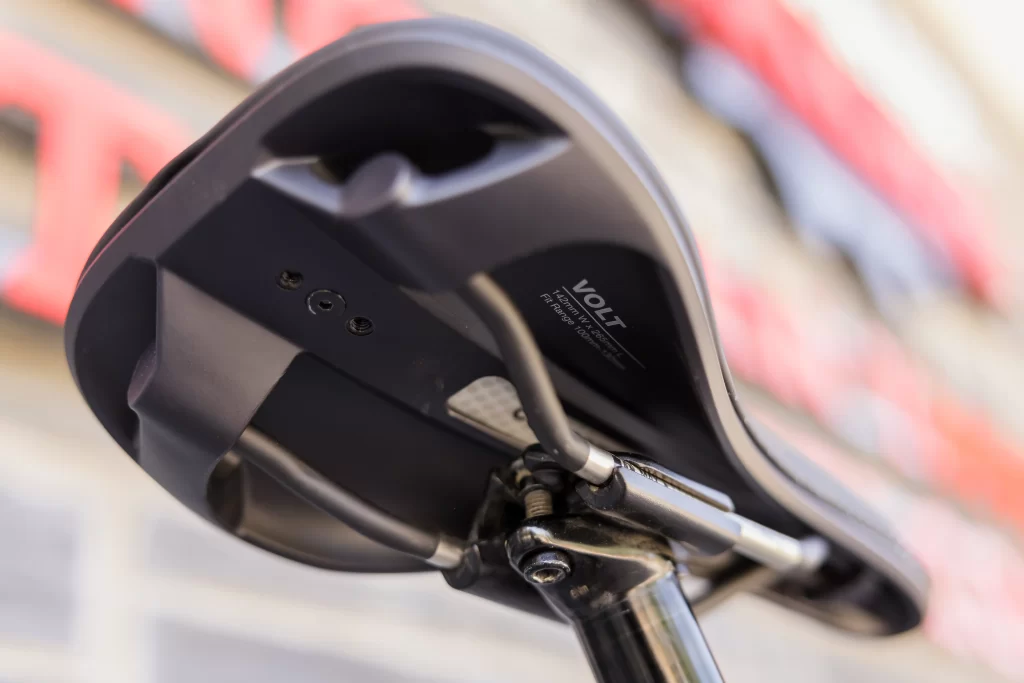
Cutout Features in Mountain Bike Saddles: In Conclusion
The cutout design in mountain bike saddles marks a significant step forward in cycling comfort and ergonomics. By addressing the common issue of pressure on sensitive areas, cutout saddles offer a path to enhanced comfort and improved health outcomes for riders.
However, the journey to finding the perfect saddle involves consideration of individual anatomy, riding style, and personal preferences. For beginner to mid-level cyclists looking to elevate their riding experience, exploring the world of cutout saddles may be the key to unlocking new levels of comfort and performance on the trails.
Mountain bike saddles with highly optimized cutout features are designed to enhance rider comfort and performance by alleviating pressure in sensitive areas and improving blood flow during long rides. Here are some top options that are renowned for their ergonomic design and cutout optimization:
- Ergon SMC Sport Gel Saddle:
- Features: Incorporates a large central cutout to reduce pressure on sensitive areas, combined with orthopedic comfort foam and gel pads for added cushioning and relief.
- Benefits: Specifically designed for mountain biking, it provides excellent pressure distribution and relief, making it ideal for long trail rides and technical descents.
- Specialized Phenom Comp with Mimic:
- Features: This saddle stands out with its innovative Mimic technology, which uses multiple layers of materials to mimic body tissue and provide support without creating pressure points. The central cutout further enhances comfort.
- Benefits: Tailored for aggressive riding styles, it offers a balance of firm support and soft tissue relief, suitable for rigorous mountain biking.
- WTB Volt Medium:
- Features: Features a slight whale tail and a gentle drop to the nose to provide support when climbing, along with a medium-width central cutout to ease pressure.
- Benefits: The versatile shape and optimized cutout make it a great choice for a wide range of riders, supporting various riding positions comfortably.
- Fizik Antares Versus Evo R1 Adaptive:
- Features: Utilizes a carbon-reinforced nylon shell and a 3D-printed padding that offers zonal support, complemented by a central cutout for pressure relief.
- Benefits: Known for its adaptive comfort and lightweight design, this saddle suits performance-oriented riders looking for dynamic cushioning and airflow.
- SDG Bel-Air 3.0 Lux-Alloy:
- Features: This updated classic features a rear rise platform providing enhanced pelvis rotation and support, along with a central cutout to reduce pressure and increase airflow.
- Benefits: With its mix of comfort, support, and ventilation, it’s suited for all types of mountain biking, from casual trail rides to competitive racing.
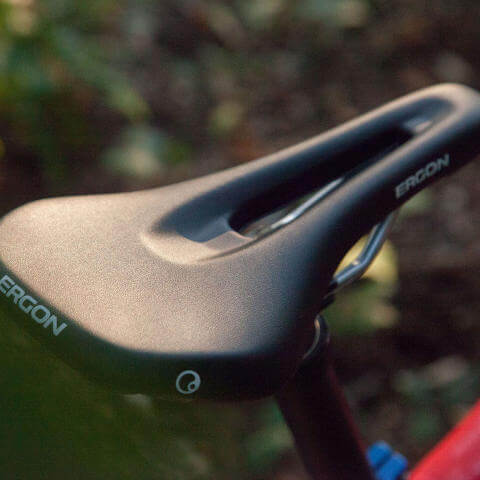
Ride on
John
FAQ
What does the cutout in a saddle do?
The cutout in a saddle is designed to reduce pressure on sensitive areas, improve blood flow, and enhance overall comfort during rides by alleviating pressure points.
Why do bike saddles have holes?
Bike saddles have holes or cutouts to provide relief to soft tissue areas, minimize discomfort, and prevent issues like numbness and restricted blood flow, especially during long rides.
Should I get a cut out saddle?
Whether you should get a cut out saddle depends on your personal comfort needs, riding style, and any issues you experience with current saddles. Many riders find cut out saddles offer significant comfort improvements, especially for longer distances.
What are the parts of a bicycle saddle?
The main parts of a bicycle saddle include the shell (the hard, underlying structure), the padding (cushioning over the shell), the cover (the outer layer over the padding), rails (the part that attaches the saddle to the seatpost), and sometimes a cutout or channel for pressure relief.
